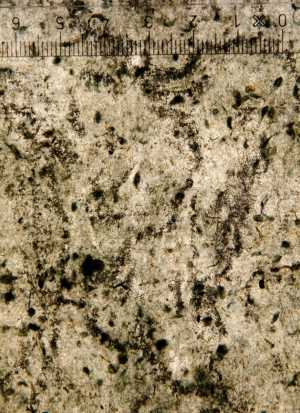Specifications
| Title | Study of a Male Nude Reclining on a Cloud |
|---|---|
| Material and technique | Oiled charcoal, squared, on (discoloured) blue paper |
| Object type |
Drawing
> Two-dimensional object
> Art object
|
| Location | This object is in storage |
| Dimensions |
Height 283 mm Width 338 mm |
|---|---|
| Artists |
Draughtsman:
Jacopo Tintoretto (Jacopo Comin, Jacopo Robusti)
Previously attributed: Domenico Tintoretto (Domenico Robusti) |
| Accession number | I 74 recto (PK) |
| Credits | Loan Stichting Museum Boijmans Van Beuningen (former Koenigs collection), 1940 |
| Department | Drawings & Prints |
| Acquisition date | 1940 |
| Creation date | in circa 1564-1565 |
| Watermark | could not be determined (on P5 of 8P, below right of center) [see image] |
| Inscriptions | none |
| Collector | Collector / Franz Koenigs |
| Mark | F.W. Koenigs (L.1023a) |
| Provenance | Francesco II d'Adda, conte di Sale, Milan (-1641), album of drawings from c. 1630-40; - ; Franz W. Koenigs (1881-1941, L.1023a), Haarlem, acquired in 1926 (Jacopo Tintoretto); D.G. van Beuningen (1877-1955), Rotterdam, acquired with the Koenigs Collection in 1940 and donated to Stichting Museum Boijmans Van Beuningen |
| Exhibitions | Amsterdam 1934, no. 682 (J. Tintoretto); Amsterdam 1953, no. T 61 |
| Research |
Show research Italian Drawings 1400-1600 |
| Literature | Amsterdam 1934, no. 682 (J. Tintoretto); Hannema 1942, p. #, ill.; Tietze/Tietze-Conrat 1944, no. 1511 (D. Tintoretto); Amsterdam 1953, no. T 61; Byam Shaw 1967, p. 46; Agenda 1989, no. 14, ill. (Domenico) |
| Material | |
| Object | |
| Technique |
Squared
> Squaring
> Drawing technique
> Technique
> Material and technique
Squared
> Squaring
> Drawing technique
> Technique
> Material and technique
|
| Geographical origin | Italy > Southern Europe > Europe |
| Place of manufacture | Venice > Veneto region > Italy > Southern Europe > Europe |
Do you have corrections or additional information about this work? Please, send us a message

























